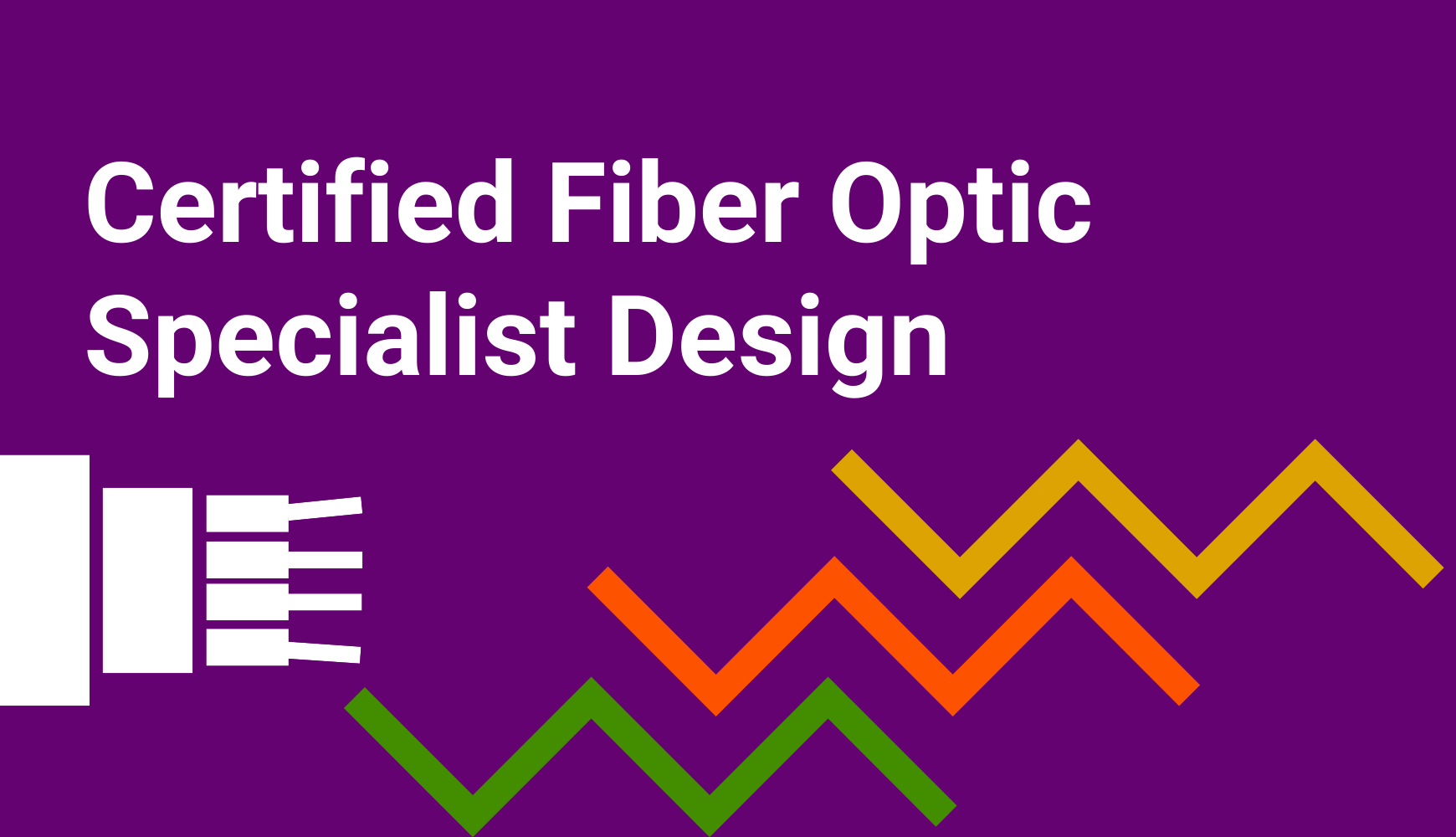Introduction
Planning to design a fiber optic network? Fiber optic technology is increasingly favored for its unmatched speed, reliability, and security. However, designing an efficient fiber optic network requires specialized knowledge, careful planning, and attention to detail. In this article, we share expert tips and best practices to help you design a robust, scalable, and future-proof fiber optic network.
1. Identify Your Network Requirements
Start by clearly defining your network’s needs:
-
Bandwidth: What data rates must the network support today and in the future?
-
Distance: How far will the signals need to travel?
-
Budget: What are your financial constraints?
Answering these questions guides your choice of fiber type, connectors, and equipment, ensuring the network meets performance and cost goals without over-engineering.
2. Choose the Right Fiber Optic Cable
There are two primary fiber types:
-
Single-Mode Fiber: Ideal for long-distance, high-bandwidth transmissions.
-
Multimode Fiber: Suitable for shorter distances and cost-sensitive deployments.
Select the cable type based on your distance requirements and budget, balancing performance and cost-effectiveness.
3. Plan Your Network Route and Layout
Map out the physical layout of your network:
-
Identify equipment rooms, termination points, and splice locations.
-
Determine cable routes considering existing infrastructure, rights of way, and environmental factors.
-
Use GIS and route optimization tools to find the shortest, safest, and most cost-efficient paths.
Careful route planning reduces installation costs and minimizes future maintenance challenges.
4. Select Appropriate Connectors and Terminations
Connectors and terminations are critical for signal integrity:
-
Choose high-quality connectors compatible with your fiber type and equipment.
-
Consider environmental factors such as temperature, humidity, and dust when selecting connector types.
-
Implement regular cleaning and inspection protocols to maintain optimal performance.
5. Design for Redundancy and Scalability
Ensure your network is resilient and future-ready:
-
Incorporate redundant cables and alternate paths to maintain service during failures.
-
Design spare ducts and fibers to accommodate future expansions without costly overhauls.
-
Plan modular network segments to easily upgrade or scale as demand grows.
6. Test and Validate Your Network Design
Before deployment:
-
Use specialized testing equipment to verify signal loss, continuity, and bandwidth capacity.
-
Perform end-to-end testing to identify and resolve issues early.
-
Ensure compliance with industry standards and local regulations.
Thorough testing prevents costly downtime and ensures reliable network performance.
Conclusion
Designing a fiber optic network is both a science and an art. By carefully assessing requirements, selecting the right components, planning efficient routes, and building in redundancy, you create a network that delivers high-speed, reliable, and secure connectivity today—and is ready for tomorrow’s demands.
Ready to master fiber optic network design? Explore training and certification programs at African eDevelopment Resource Centre to build your expertise and lead successful fiber deployments.
